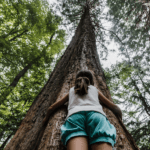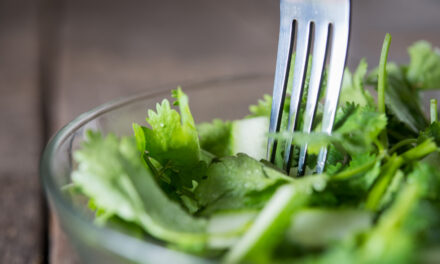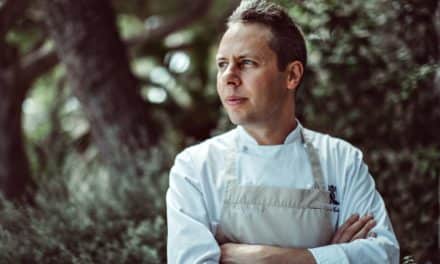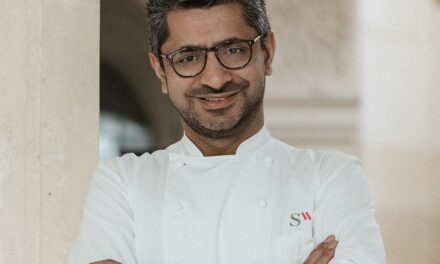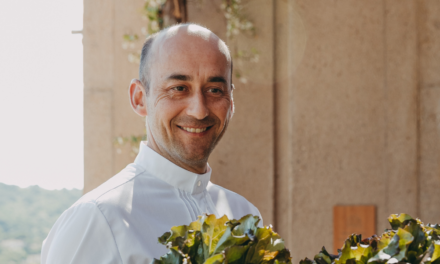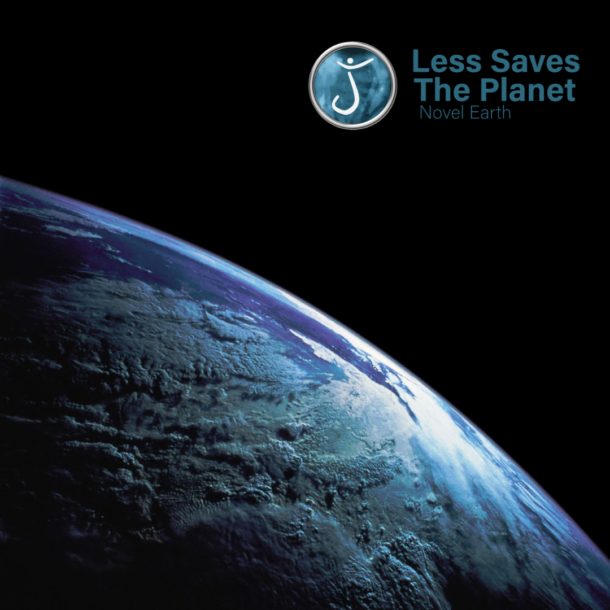
Louis Rameau, a chef who loves nature
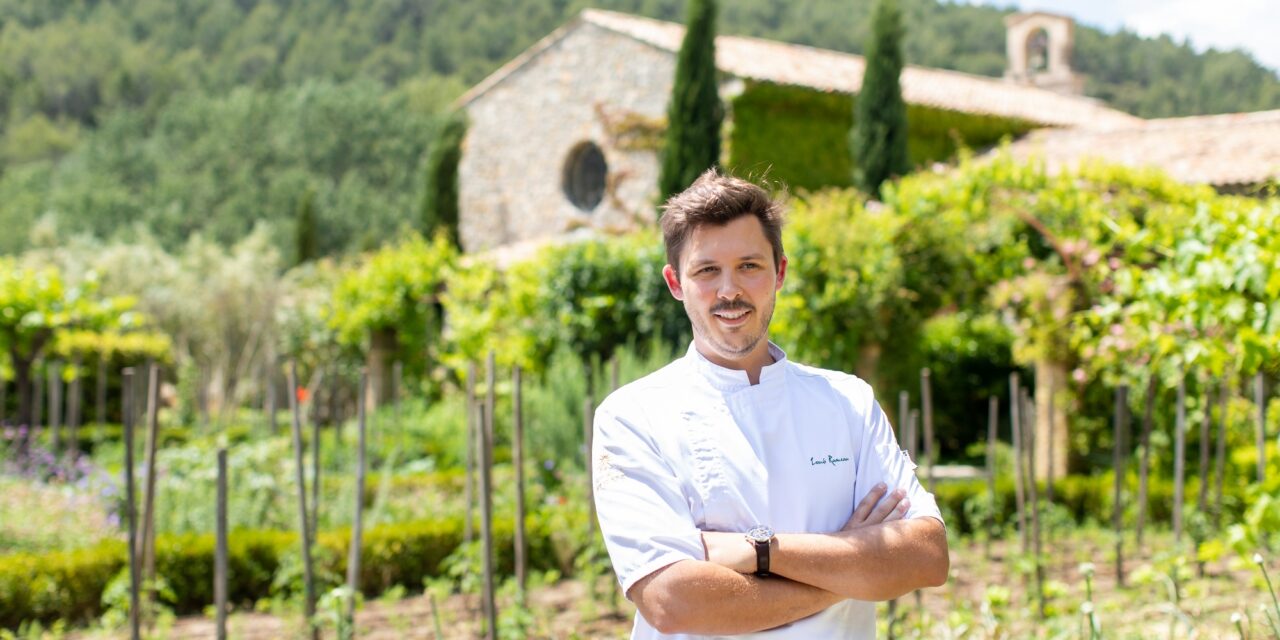
Since March 2020, there is a new chef leading the restaurants at Château de Berne, south of France. Louis Rameau highlights a simple and authentic cuisine. Born and raised with the South-West cuisine, he is now deeply into culinary creativity and discovery. To quench his thirst for inventiveness, he travelled the world and worked in various foreign houses, in Canada and Martinique. Full of ideas, we find him today at the head of the Jardin de Berne* and La Terrasse de Berne.
Dishes from his Jardin
The Chef Louis Rameau and his squad received this year the Green Star by Michelin for their commitment to sustainable food.
Behind the award, you will find an innovative Chef close to a patch full of wonders where are growing vegetables, fruits and herbs. Right next to his gastronomic restaurant, the French patch located in the gardens of the castle supplies leeks, carrots, spinach, aubergines every day. It happily makes the short journey from the earth to the plate, from the basket to the kitchen. It is in this setting that Chef Louis Rameau combines his Michelin-starred cuisine day after day, particularly by sublimating leeks for us.

Louis Rameau’s recipe
Leeks are interesting vegetables for Less Saves The Planet because it is good for the environment. Full of fibre and vitamin B9, leeks are the ninth most consumed vegetable in France. Its water footprint is only 91.60 litres of water used per kilo produced, a far cry from other vegetables which generally consume between 230 and 300 litres per kilo/product. In accordance with the precepts of the chapter on waste, which is full of advice on the conservation of fruit and vegetables, Chef Louis Rameau reveals his recipe for crispy and melting leeks, sabayon with Haut-Var saffron and lemon velvet.
Follow these 4 easy steps.
Crispy and melting leeks:
- Medium-sized leeks
- Clarified butter in a deep fryer
- Flour
- Salt
- Remove the beard from the leeks, remove the green then split in half 10cm from its base.
- Cut the split part of the leek into a wide julienne (3/4mm), keeping it held together by the unsplit part, keep in a glaze.
- Dredge the cut part of the leek in flour then fry in clarified butter at 120/130°C for 5/6 min, when sending it back to 145°C until coloured.
Saffron sabayon:
- 4 eggs
- 20g white balsamic vinegar
- 240g melted butter
- 65g grape seed oil
- 20 pistils of saffron
- 50g saffron water
- Salt
- Melt butter and grapeseed oil, infuse saffron 1 day in it.
- Mix eggs, yolks, vinegar and salt, add melted butter and infused oil passed through cheesecloth.
- Put in a siphon and keep at 50°C.
Lemon Purée:
- 40 untreated lemons
- 300g organic honey
- 50g Bern olive oil
- Using a peeler, peel the lemons and then blanch the peel three times.
- Squeeze the juice from the lemons.
- Place the lemon juice and the blanched lemon peel in a saucepan and cover with water. Cook at a simmer until the peel is completely cooked.
- Mix the peel with the honey, olive oil and if necessary, a little bit of cooking water. Less Saves The Planet recommends reusing the cooking water in order to preserve water, which is considered the 6th priority of the UN.
- Put in a Pacojet bowl, freeze and pack. Keep in the fridge as a pipette.
Leeks crème:
To reuse the leek greens, the Chef also accompanies his recipe with a delicious crème made of leeks.
- Leek greens
- Cream
- Salt
- Blanch the leek greens and make a purée.
- When ordered, reduce the cream until it is smooth, add the leek purée and reduce until it is smooth.





